At some point I wanted to have my own headset with active noise suppression for flying. For a long time I informed myself about the various models and at some point two models from the race were left over. The Bose A20 and the Lightspeed Zulu 2. Actually I just wanted to have a headset for myself but for passenger flights I want to have a second one ready. I want to take a closer look at the differences between the two models and hopefully simplify the decision for you if you are faced with the same decision.

haptics
Both headsets come packed in a carrying bag. The bag of the A20 is soft and compressible, so when the headset is in use it takes up no space and can be stowed anywhere. The hard shell case of the Zulu 2, on the other hand, protects the headset better during transport, but also has to fit into the luggage compartment of the plane.
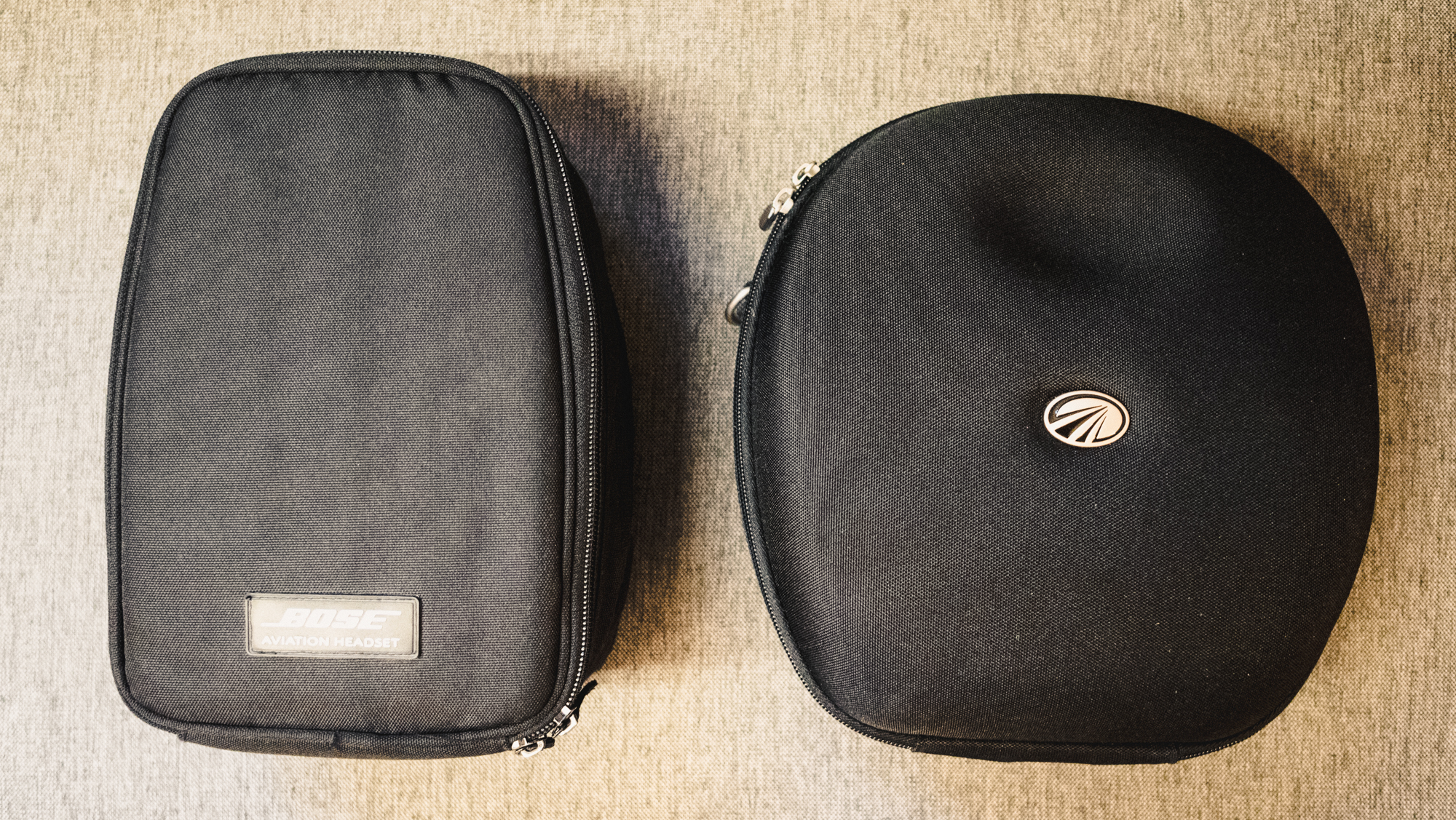
The Zulu 2 feels very high quality. With the A20 everything feels a bit more like plastic and it cracks and wobbles more than the Zulu 2. In addition, the Zulu 2 runs the cables nicely inside the brackets.
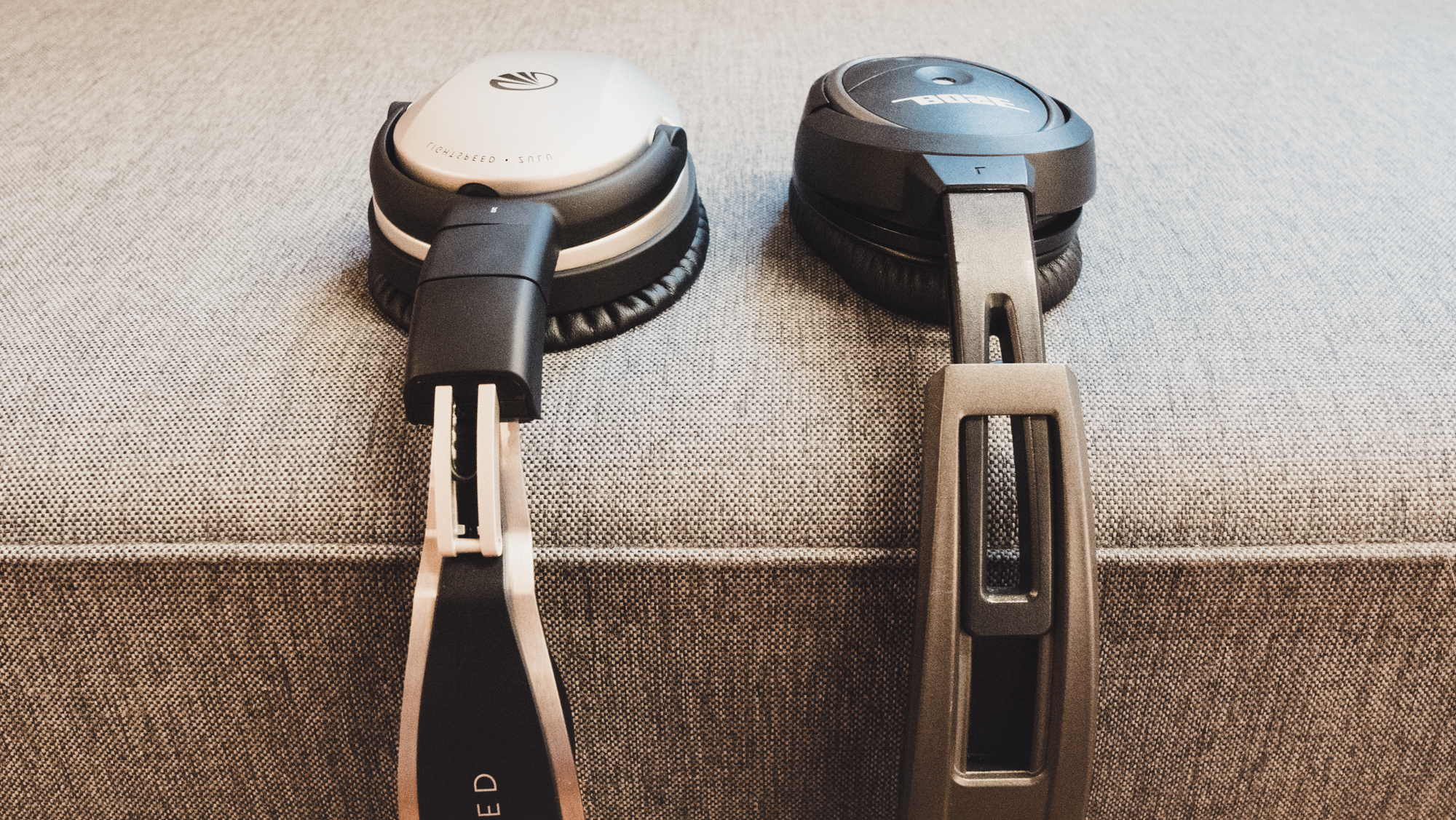
But when it comes to the controllers of the headsets the thing looks the other way round. Here the Zulu 2 could use better buttons. This is where the Zulu 2 rattles and the pressure points don’t feel as good as on the A20.
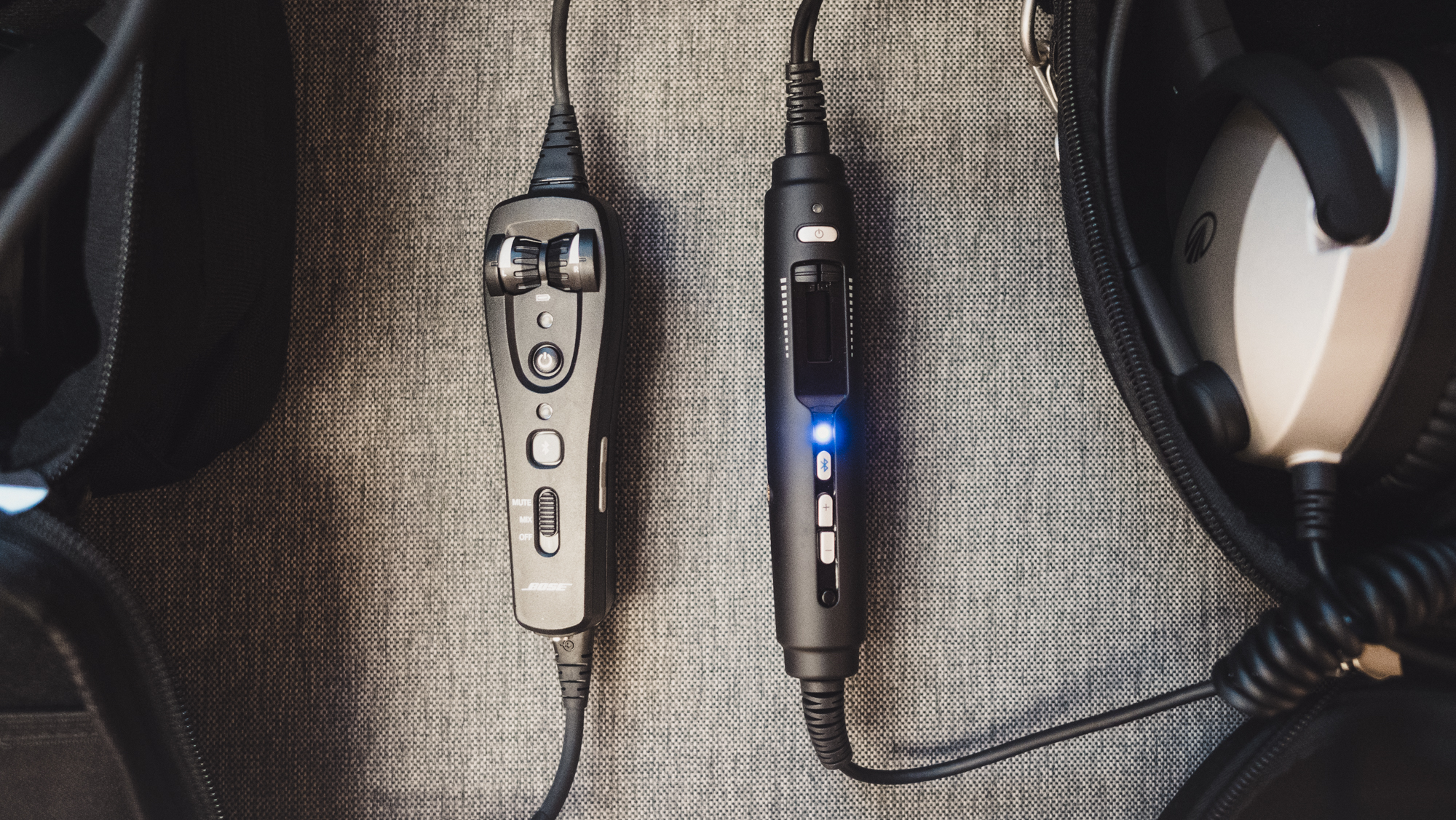
audio
I would describe the speech and sound quality of the headsets as the same. In noisy environments, they should simply record and play back speech as clearly as possible and they do so. If they are connected via Bluetooth to an audio source, they also play music properly. But both are not suitable as hifi headsets. But they are simply not made and thought away. Why do they rustle? They rustle. More about that later.
comfort
The Zulu 2 offers more space for large ears and I have the feeling that the Zulu 2 will offer me more comfort with longer wearing times. I would rate it similarly in terms of contact pressure and weight. What I like about the A20 is the straight cable. The spiral cable from the Zulu 2 pulls the headset down a little on one side because the cable is a bit heavier than the cable from the A20.
A great feature of the A20 is the possibility to mount the microphone and the cable to the left or right clock shell. So the cable routing can be adapted individually to the conditions of the cockpit. For the conversion you only need a small Phillips screwdriver.
Noise Canceling
The noise suppression was the deciding factor for me when I bought the headsets. It reduces the stress level in the cockpit and provides a significant increase in safety, which is the most important thing when flying. Both headsets filter out the engine’s low frequencies quite well. I know the noise canceling from the Bose QC35 headphones. These filters are even across all frequencies, which is not desirable in flight. Speech and information tones of the avionics should not be filtered. Where the two differ is the background noise with active noise suppression. This is more clearly noticeable with the Zulu 2. However, this characteristic is only noticeable in a quiet environment. This is not even noticeable when the engine is running and is therefore almost irrelevant.
operation
The operation of both headsets is very intuitive and they behave very similar in many ways. What unfortunately isn’t very well solved with the Zulu 2 is the behaviour of the volume reduction when Bluetooth music playback is active and incoming signals from the radio or intercom are received. The A20 has a slide switch whose position can be seen at a glance and which does not change when switched on or off. With the Zulu 2 there is only one button. You have to change through the individual modes and try out how it behaves with the spark or intercom.
bottom line
The A20 and Zulu 2 are first class headsets and fulfil their purpose at a high level. In my opinion, the truth lies somewhere in between and I would recommend that you both take it in your hands to find an individual feel-good candidate. Wrong you are not doing anything with either of them.
One more small note. Unfortunately, only Bose gives the hint that the A20 can also be operated with batteries and thereby reduced battery life. Lightspeed does not recommend the use of rechargeable batteries.
Bose Rechargeable batteries can be used, but will alter the accuracy of the battery power indicator.
https://www.bose.com/en_us/support/article/the-battery-compartment-a20.html
Lightspeed We do not recommend using rechargeable batteries or mixing battery types and brands.
http://www.lightspeedaviation.com/content/lightspeedaviation/file/Zulu2_UG_RevA4_May2016.pdf
Nevertheless I use both headsets with two AA Eneloop Pro batteries each and have no problems with it. When I charge the batteries after use I can see on my charger how much mAh have been recharged. The A20 consumes on average about 122mA per hour and the Zulu 2 about 200mA per hour. These are arithmetically between 12 – 14h operation. I don’t come to such long flight times and so these runtimes are completely in order. The main thing is that I can use rechargeable batteries and the headsets work.
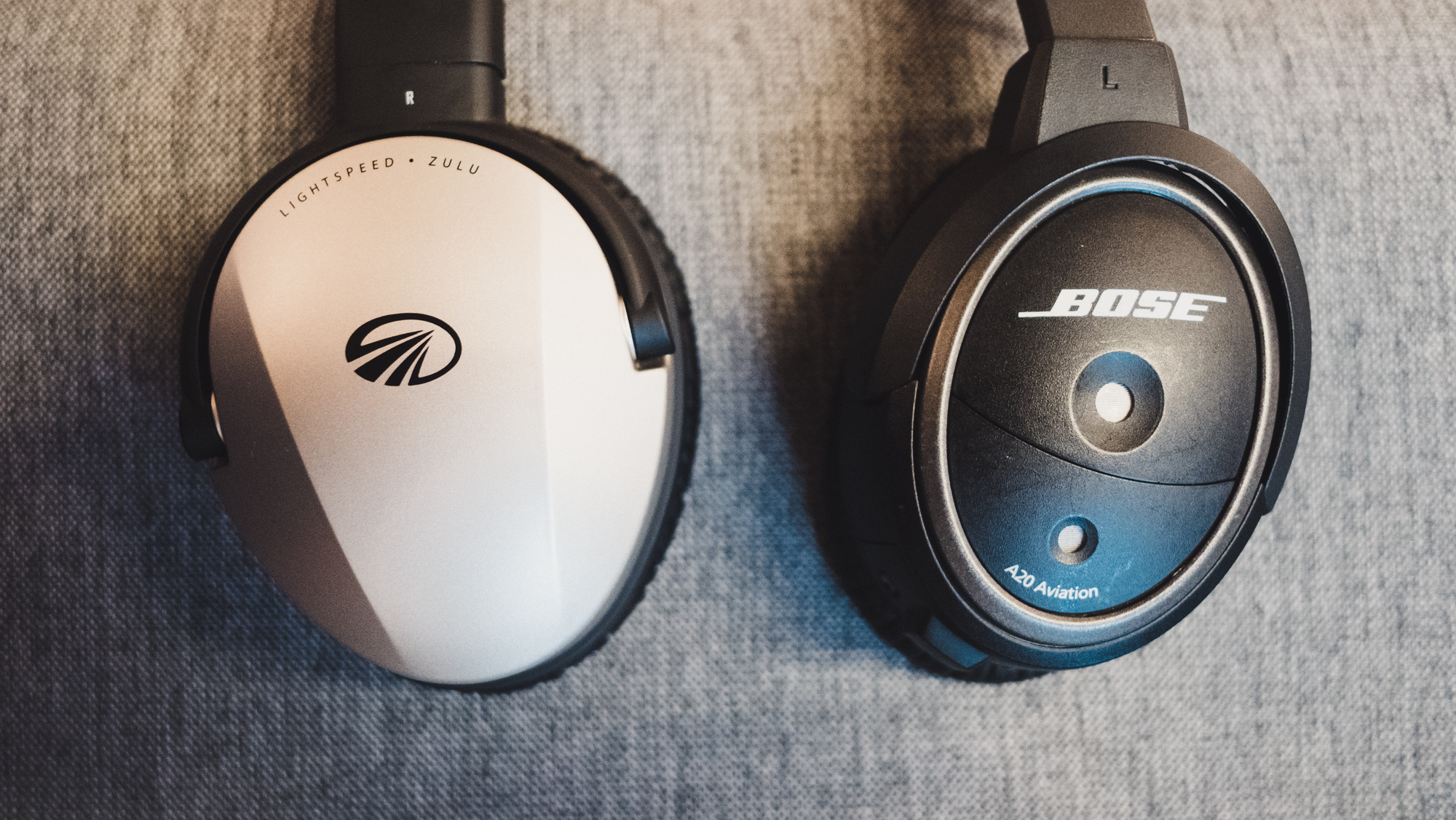

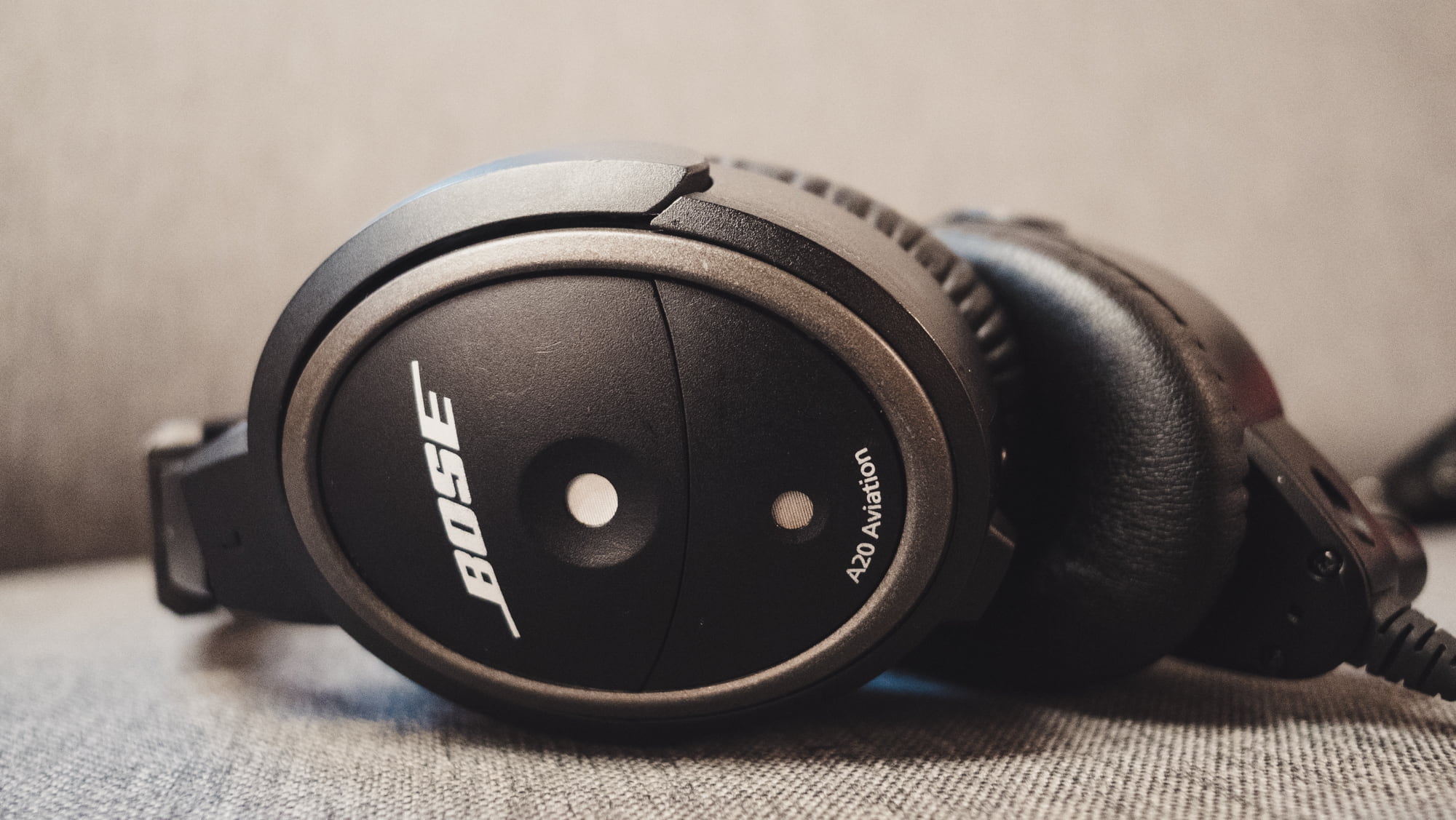
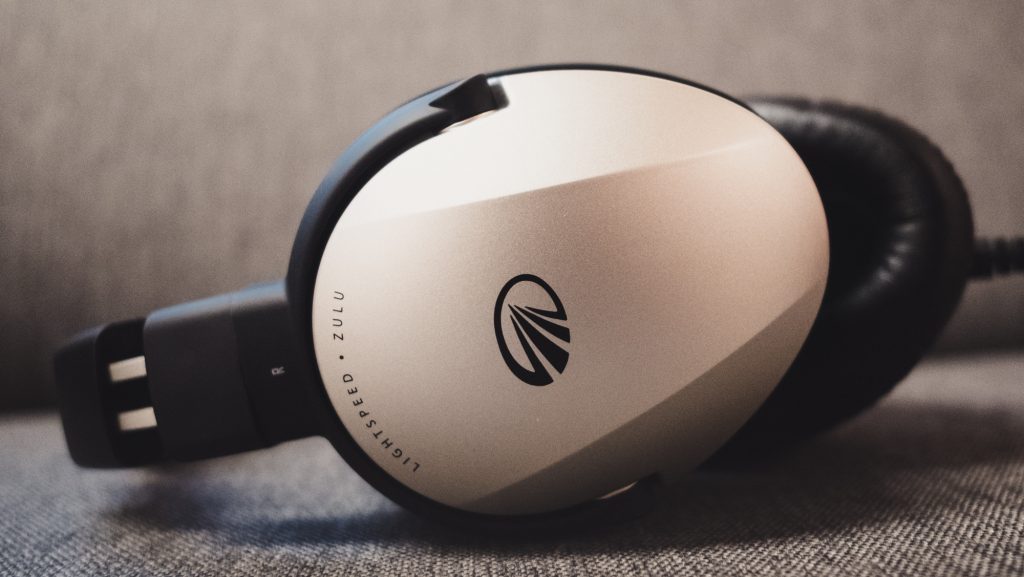
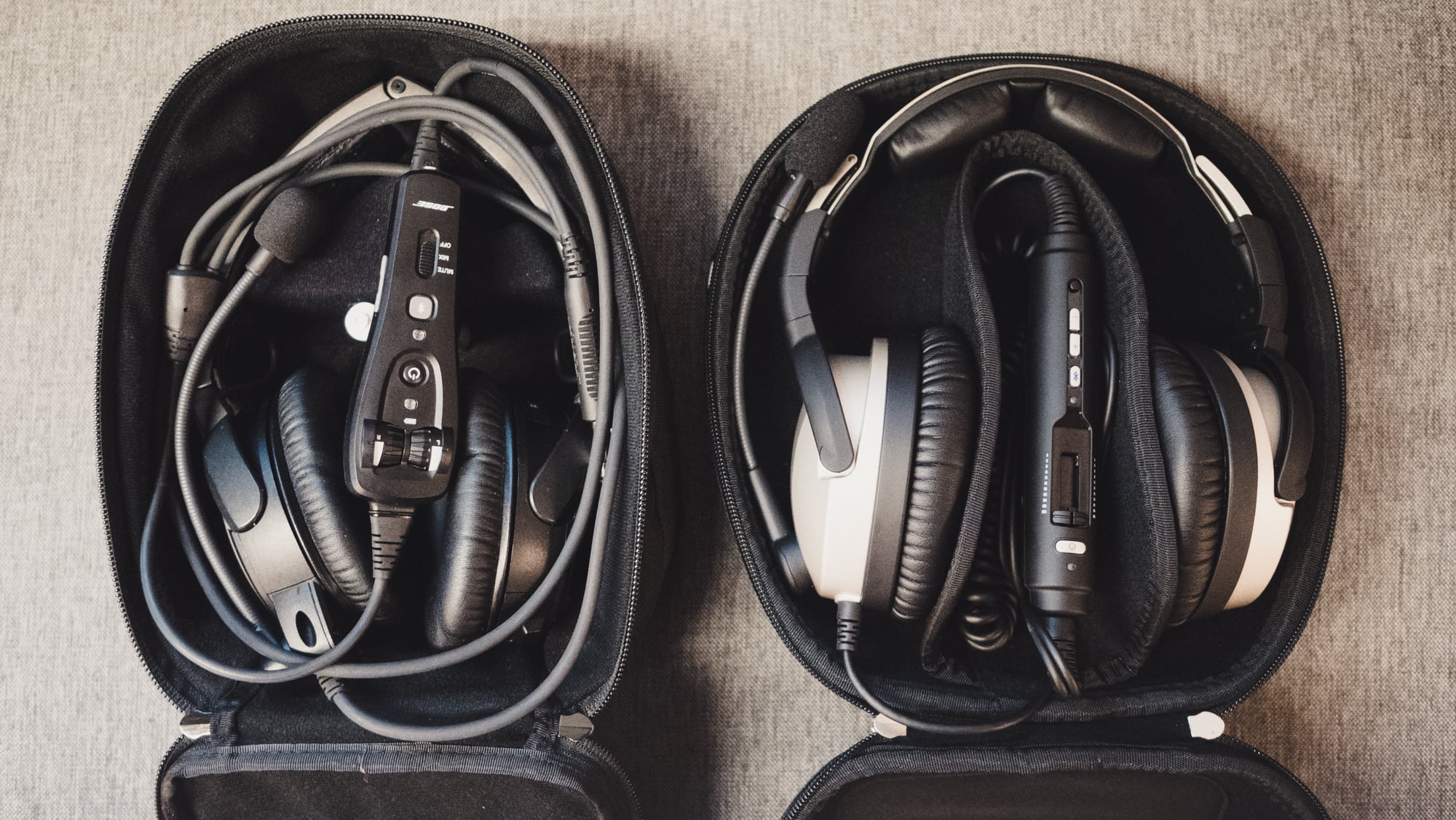
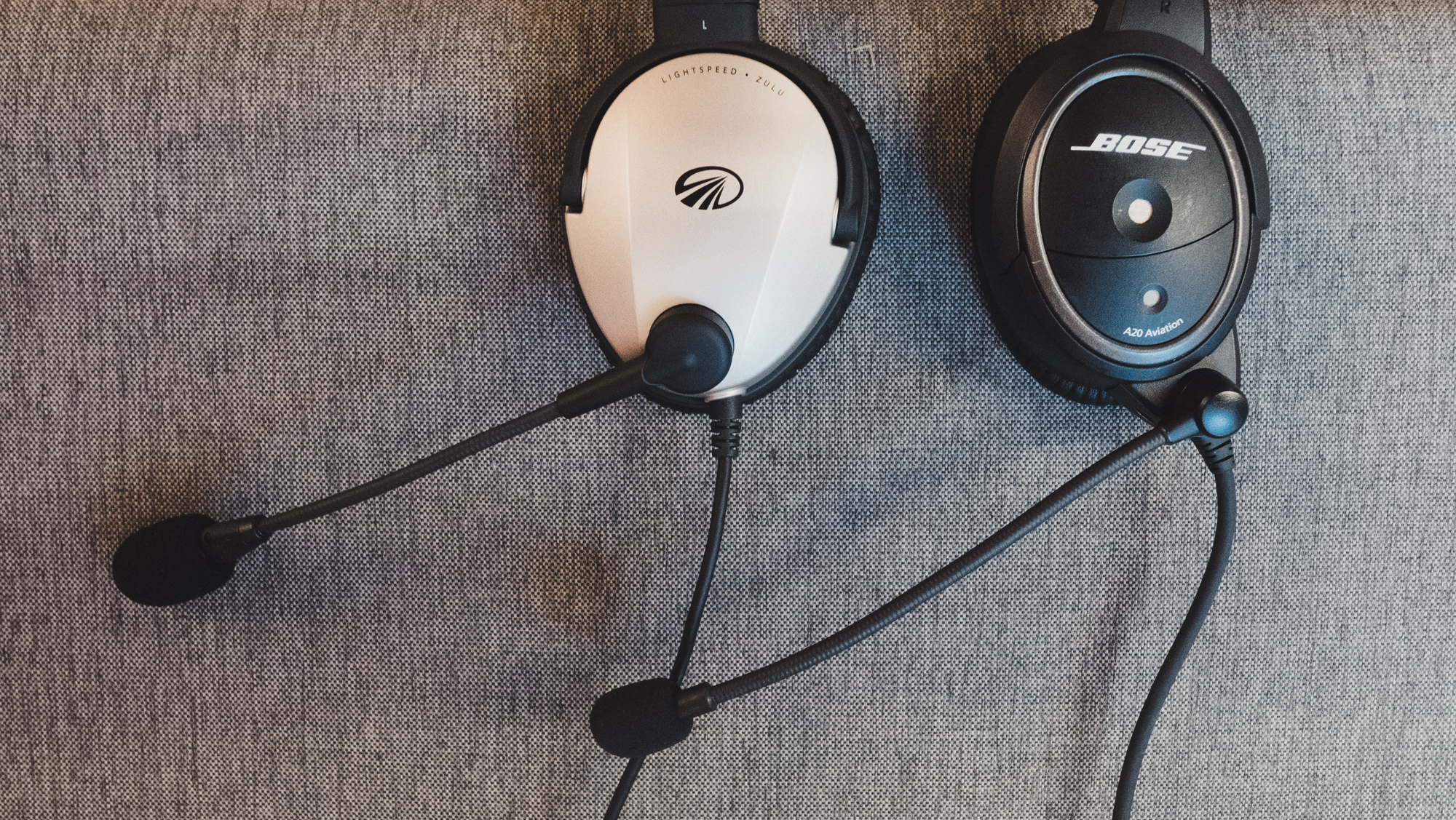
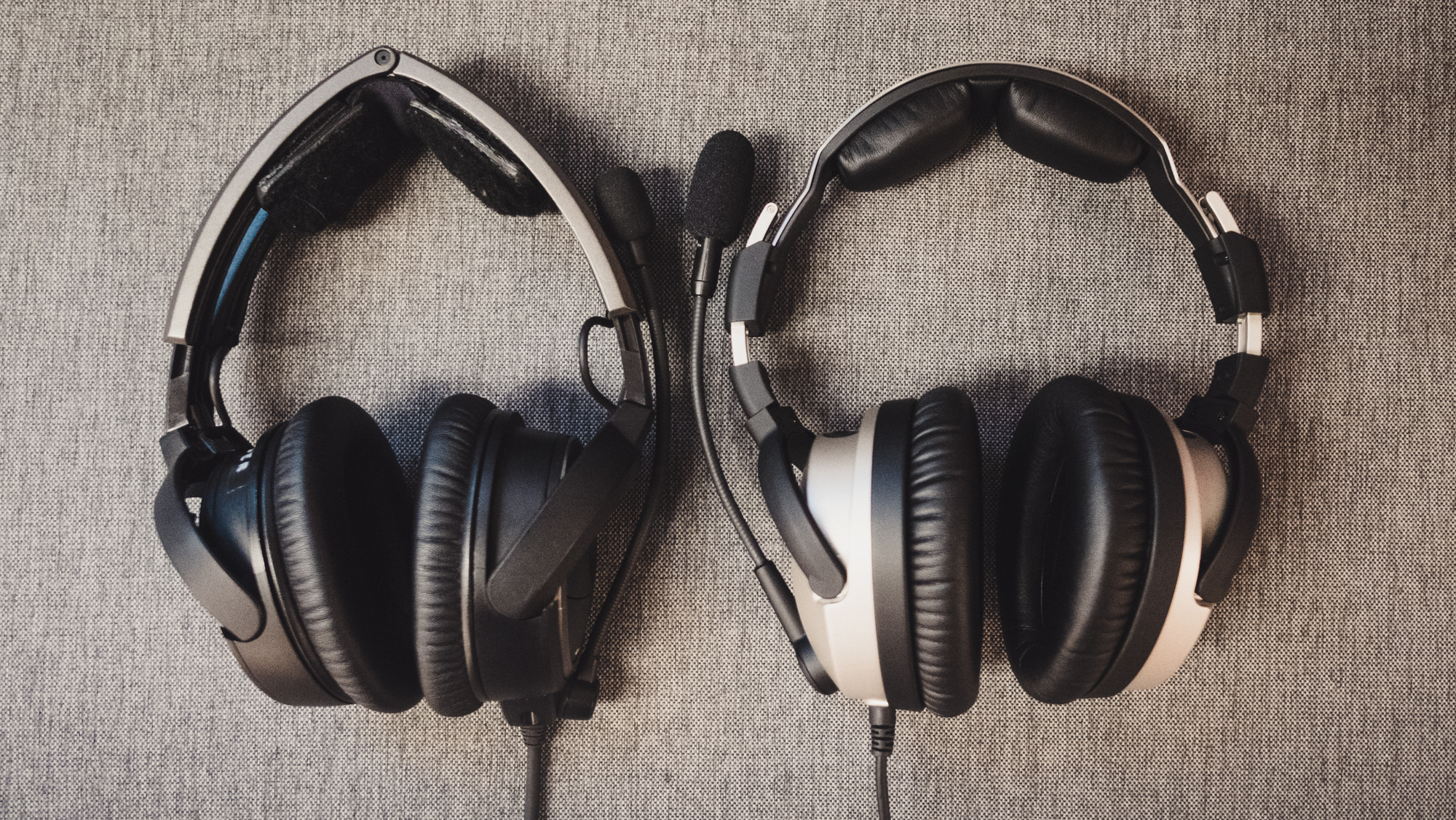
[…] Apple has packed noise cancelling technology into the smallest possible space. Not compared to my pilot headsets, which are just huge and have enough space for […]